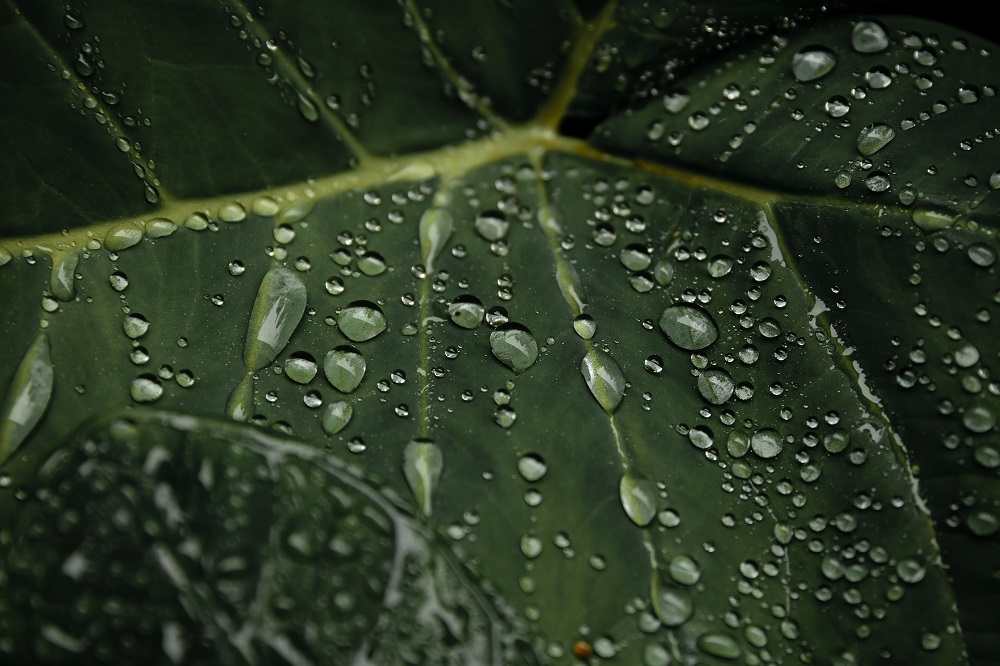
A nascent but promising solution to the world’s water scarcity problems could be water purification by direct solar vapor generation
Although desalination methods like membrane distillation and reverse osmosis have been employed to provide clean water to millions around the world, small-scale desalination for off-grid purposes remains hampered by cost and energy consumption challenges. Direct solar vapor generation is an off-grid distillation technology that, while still early stage, is attracting attention. For this reason a team of researchers from Khalifa University has been undertaking research on the topic.
Afra S. Alketbi, PhD student in Engineering, and Dr. Aikifa Raza, Research Scientist in the Department of Mechanical Engineering, developed a micro-3D printed hydrogel device to be used in direct solar vapor generation (DSVG). Their new device is portable and highly efficient, promising great potential for use in commercial DSVG systems. Alketbi and Dr. Raza collaborated with Muhammad Sajjad, PhD student , Dr. Hongxia Li, Postdoctoral Fellow, Dr. Faisal AlMarzooqi, Assistant Professor of Chemical Engineering, and Prof. TieJun Zhang, Professor of Mechanical Engineering. The results were published in the journal EcoMat.
Direct solar vapor generation involves harvesting the heat from the sun to convert water into vapor, which is then condensed and collected to provide clean water. Sounds simple and it is: the oldest desalination technology is the solar still, a simple device that uses the energy from sunlight to purify water. Salty water is placed in the still and an angled piece of glass or plastic is placed above. The sunshine evaporates the water, which then condenses on the surface above before running down the surface to collect in a separate trough. The impurities and salt remain in the bottom of the still and the water in the trough is clean, pure drinking water. This is the basic principle behind DSVG but the key step—evaporation—is proving a roadblock for commercialization.
“Direct solar vapor generation provides a sustainable and eco-friendly solution to the current global water scarcity challenges,” Prof. Zhang said. “However, existing systems using natural sunlight suffer from low water yield and need a lot of energy to start the evaporation process. If we could find new materials that reduce the heat needed for water vaporization, we could boost this process and make it commercially viable. This is where hydrogels could help.”
Hydrogels are a 3D network of hydrophilic (water loving) polymers that can swell in water while maintaining their structure. They are dynamic and highly tunable, which makes them flexible for use at different operating conditions. In this work, KU researchers developed a temperature responsive copolymer with tunable wettability and water releasing behavior.
They leveraged 3D-printing to create a solar-powered desalination device with micro-channels and an anisotropic, or unsymmetrical crystalline, structure. The device’s hydrophilic polymeric network can maintain an uninterrupted water supply: as the water evaporates, more is drawn into the hydrogel through capillary action, inspired by the way water moves in plants.
The KU researchers modified the top surface of their device with light absorbing materials using a novel method. Photothermal materials have been utilized in floating DSVG systems as they have the ability to absorb a high amount of solar energy. This helps regulate localized heating and produce water vapor. Materials suspended in the water absorb the sun’s energy and transfer the heat to the water wetting their surface and thereby quickly generating clean water vapor.
“Developing novel materials that can yield high amounts of water vapors utilizing less energy, in addition to efficient solar-to-thermal energy conversion, are highly desired to push forward the applications of the solar energy-water nexus,” Dr. Raza said. “Hydrogels are gaining immense popularity due to their multifunctionality and biocompatibility, as well as their unique ability to encapsulate a large amount of water.”
“Because of the superior light absorption properties and water retention/activation within our hydrogel anisotropic structure, and the rapid water movement through our 3D printed microchannel network, our device achieves a remarkable water evaporation rate without solar concentration,” Alketbi said.
“In combination with high-resolution 3D printing, our hydrogel technology empowers high-performance solar distillation while offering great opportunities for digital design and accelerated development of new desalination devices,” she added.
Manufacturing this hydrogel requires a highly specialized 3D printing technique. Recent advances in additive manufacturing allow hydrogel fabrication to overcome the limitations of conventional fabrication methods. Light-based stereolithography, used in this work, is one such technique whereby a light source—a laser or projector—cures liquid ink into solid complex architectures.
The research group is now establishing a spin-off company with support from the Khalifa Innovation Center (KIC) to produce high-end valuable products through advanced additive manufacturing.
At KIC, the startup is currently being commercialized through a structured three-month incubation program focused on imparting the founders with business, marketing, finance and legal skills.
Jade Sterling
Science Writer
22 February 2022






